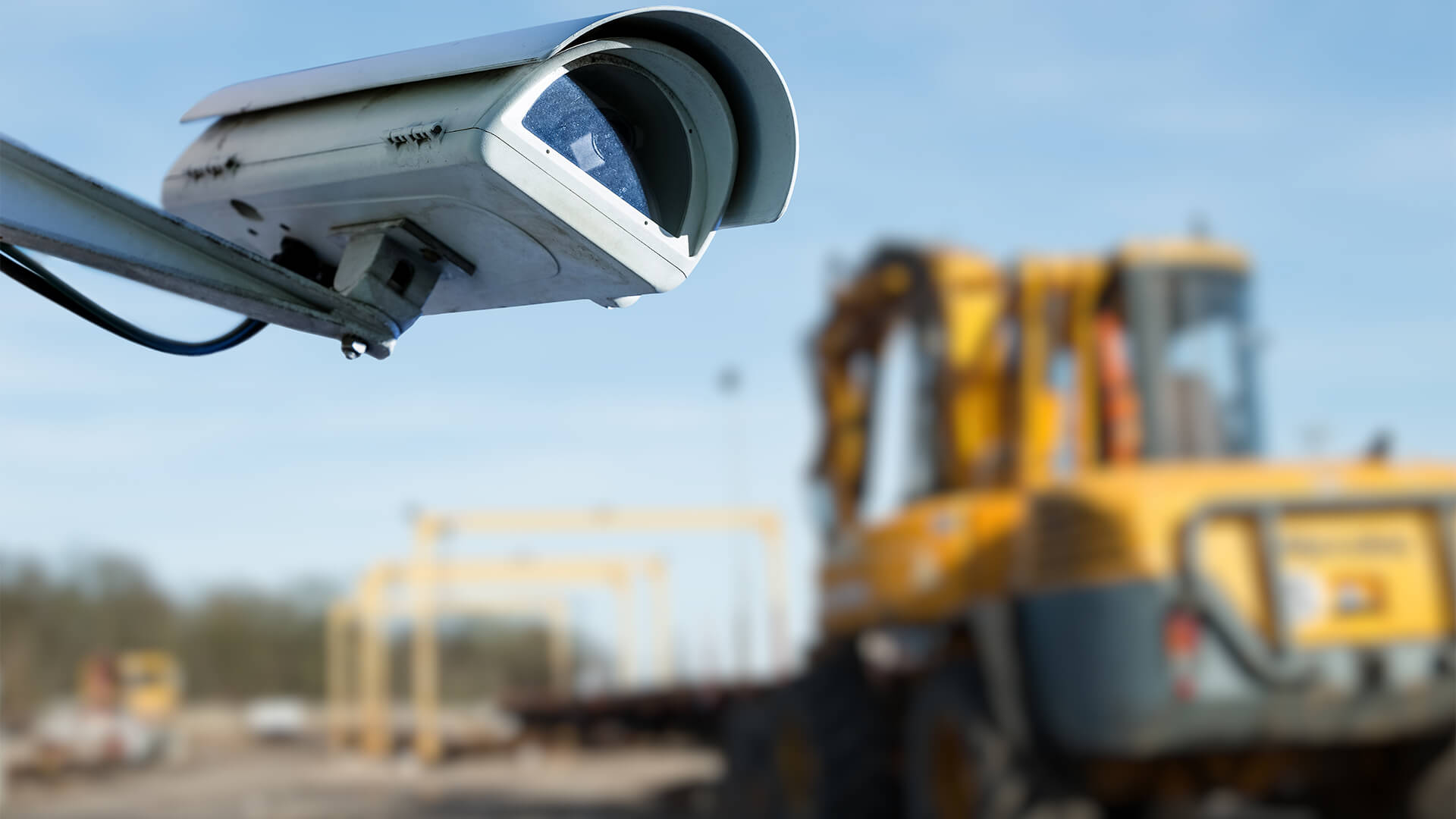Jobsite security is usually a top priority of construction managers across the board. Think about it, you’ve got tons of valuable materials and equipment just sitting around each night. Most job sites aren’t well lit, and without quality surveillance, security, or other measures, it’s easy pickings for enterprising thieves and vandals.
Selling stolen equipment, parts, and raw building materials can turn a surprising profit, which is why protecting your assets is a major part of protecting your bottom line. But how do you go about it? Most site managers are investing in finding a cost effective security solution without sacrificing coverage and quality.
Utilize Managed Surveillance
Today, I want to talk about an option that most people don’t even know about. Managed surveillance.
Sure, you’ve heard of surveillance, right? And security guards, physical barriers, alarm systems, and all the other security options, so what is managed surveillance, and why is it critically underutilized?
What is Managed Surveillance
Managed surveillance is, as you might guess, a modified version of standard surveillance. In most surveillance systems, you’re relying on cameras and either recordings or individual onsite guards monitoring something like CCTV.
With managed surveillance, there’s a more expansive network of cameras, operators, and procedures designed to catch and prevent theft or any other kind of damage before it gets expensive.
- Better cameras and surveillance equipment
Managed surveillance puts cameras and surveillance equipment to more strategic and effective use, while also incorporating newer technologies that go beyond the basic CCTV and recording process.
For example, a managed surveillance option might include thermal imaging to better capture dim job sites, or it might incorporate solar backups and power options to prevent a loss of power from reducing the effectiveness of your security features.
- More strategic application of surveillance tools
Usually, managed surveillance is handled by large internal wings of major construction companies, or through third party service providers. In both cases, managed surveillance provides additional security via more thoughtful use of space, cameras, and security tech.
That means scalable camera distribution designed to shore up any security weaknesses by covering potential entry and exit points and high value areas. Both internal and external teams are trained to take the entire picture of a job site into consideration when planning security and surveillance layouts.
The goal here is to have more predictive measures in place, either preventing gaps in security or providing an expedited route to resolution by catching activity as it happens and triggering signals to authorities or onsite security personnel.
- Always on, always staffed monitoring component
Getting into one of the major elements of managed surveillance that sets it apart from outdated methods is the presence of a centralized observation unit. Typically this comes in the form of a central hub with trained personnel constantly monitoring live feeds in a coordinated environment.
Combined with the additional technological advancements, the strategic and security-forward layout of camera and surveillance equipment, and the 24/7 live feed monitoring, managed surveillance outfits generally provide a more complete layer of security for job sites.
Applying Managed Surveillance Principles Across Job Sites
Working with a managed surveillance company is a pretty solid bet, but you can certainly pick up a few tips and tricks around surveillance just by learning how they work.
In most cases, one of the most noticeable flaws in security is a lack of coordination or coverage. Many sites employ only one or two security measures, and usually it’s the set and forget type. Fences, a single security guard at the main entrance, or a handful of cameras dropped randomly around the area simply won’t cut it.
Start By Getting Organized
One easy way to improve security on your site is by rethinking your surveillance system. You might not be ready to pony up however much it costs for government grade, brand new camera tech, but you can organize your current surveillance gear to provide a better look at the property you’re trying to protect.
Set out a map or visualization of your job site, highlighting areas that might be attractive for thieves or other unwelcome elements, and see if you can cover that with cameras, additional barriers, or on-prem security. By simply optimizing how you employ your current equipment, you can ramp up overall site awareness.
Better site awareness means you can react to incidents sooner, prevent additional damage, and protect your assets more efficiently!
Apply Appropriate Layers of Security
Once you’ve figured out how to optimize your surveillance options, start thinking about layers of security and how they stack up to protect your investments. While surveillance and managed surveillance are major components of modern security, they’re just one piece of the puzzle.
There are probably certain areas in your job site where you stockpile materials or equipment, or areas around the perimeter that might be easier to bypass than others. These zones would benefit from several layers of security, so long as you’re not neglecting the rest of the site.
When we talk about layers, think about how managed surveillance teams handle it.
You’ve got a high value spot where you keep all the copper, for example. So you’ll probably want a camera recording that area throughout the night. Of course a camera is great for telling you when something is happening, or recording past events, but it won’t actually stop a crime.
That’s where layering in physical barriers, alarm systems, or onsite personnel really starts to matter. Obviously you’re limited by your resources and security budget, but that’s why planning your surveillance and security with intention is important.
Work Smarter Through Surveillance
Surveillance is still one of the most reliable and effective security measures available for job sites, businesses, and even residential areas. With a little strategy and planning, it’s easy to take advantage of surveillance to improve your overall security and safeguard your assets against loss or other damages.































